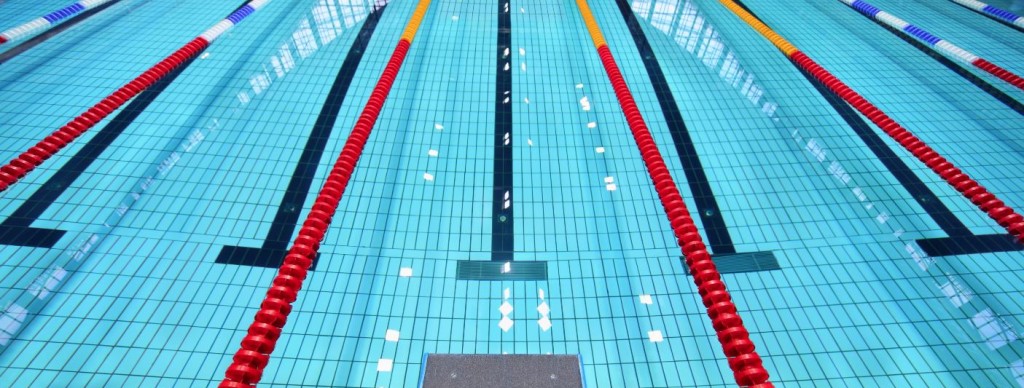
Based on a completely unofficial and unscientific poll, I estimate that 25% of nutrition professionals pursued the field because of their experiences in childhood sports. And if anything, I think this is an underestimate. Most athletes learn the importance of making smart food choices before practice and competition, and then a subset parlay this knowledge into a passion for food science, nutrition, and dietetics.
I am one of these people.
I started swim team when I was 8 years old and was lucky enough to swim through college. Once I passed through the powdered Jell-O and foot-long licorice rope phase (come on former swimmers, you know what Im talking about), I fervently believed that the fuel I put in my body was as important as time spent in the pool. While my friends were eating deep fried burritos and French fries at lunch, I had a paper sack full of peanut butter and banana sandwiches (Elvis was on to something). I carried a water bottle around before it became a fashion accessory and never went anywhere without a bagel or two in my backpack in case I needed some post-work out carbs.
A lot has changed in the past 20 years. The ALL-CARBS-ALL-THE-TIME mentality has been replaced with a more balanced approach customized to the unique needs of the athlete. There is a greater recognition of the importance of nutrition for peak performance, and more and more elite athletes are sharing their favorite foods that fuel their success. As the best-of-the-best athletes come together this month, one can only imagine what foods and meal rituals are happening behind the scenes. Who knows, the peanut butter and banana sandwich may be in there somewhere.
For more information on selecting an optimal diet for athletes, check out our Performance Plate.
Stock media provided by [2@Paha]/Pond5.com
